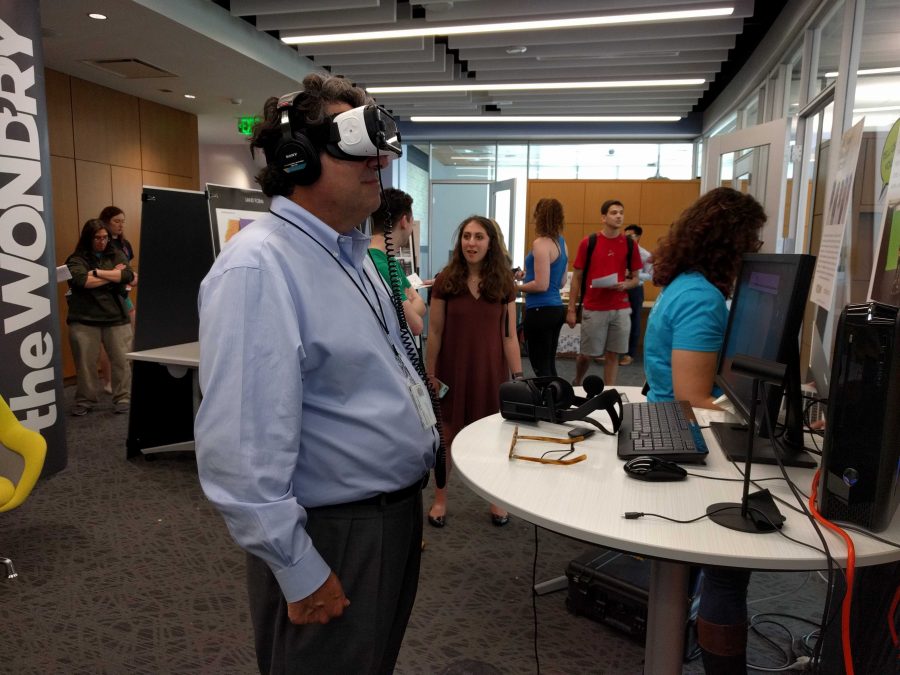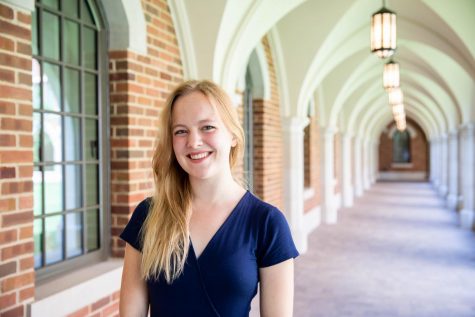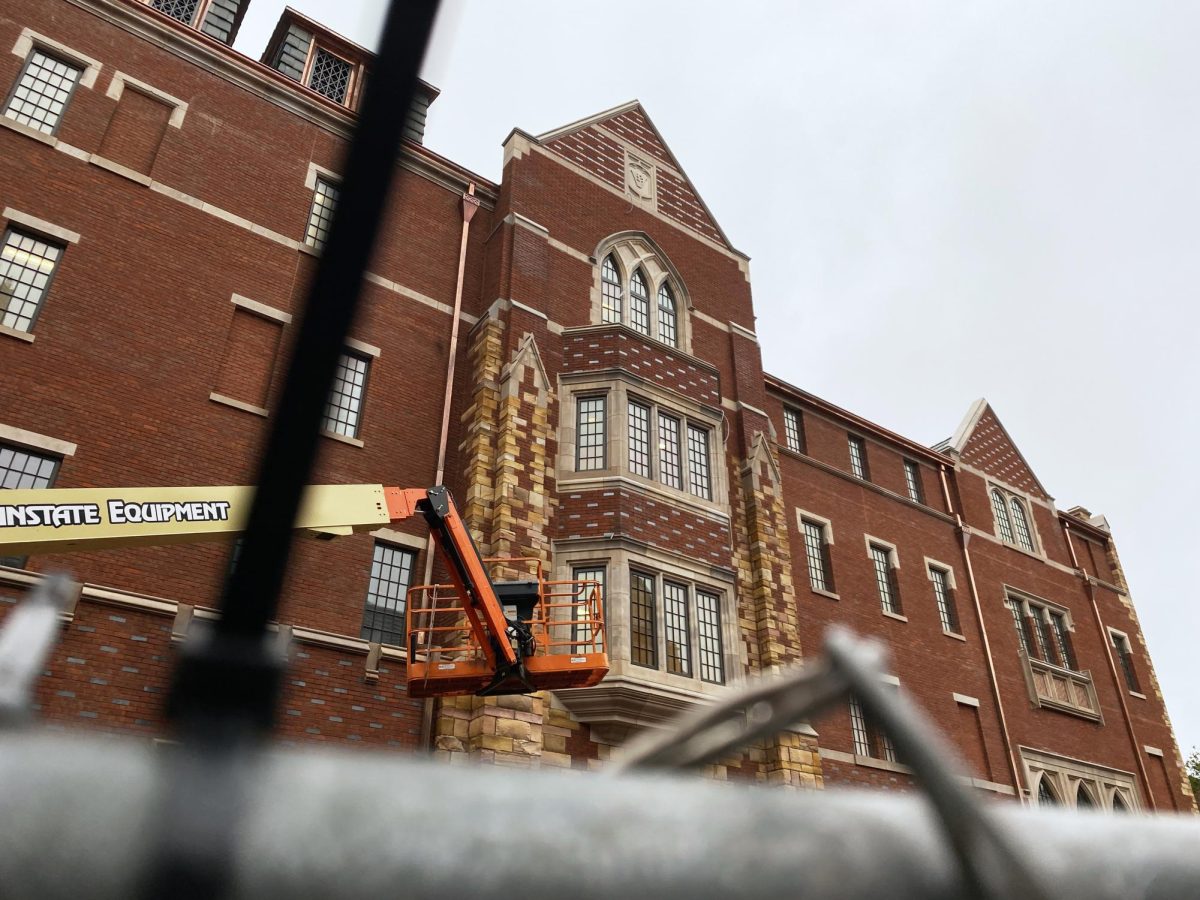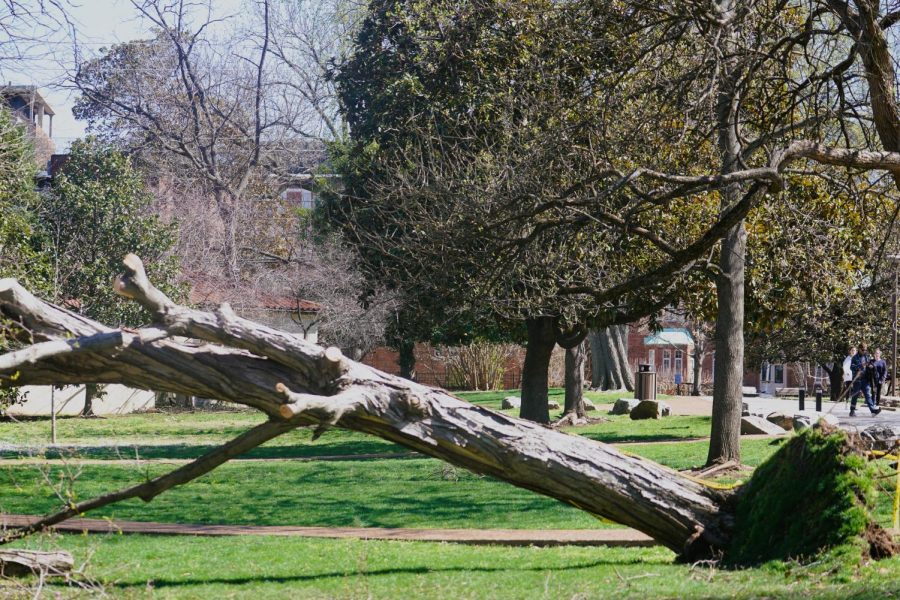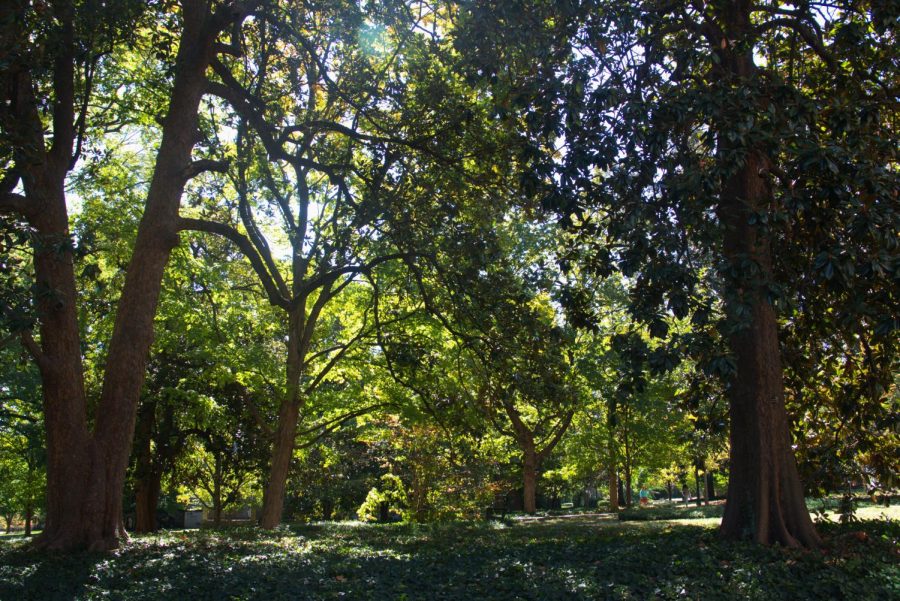On the first floor of the Wond’ry, visitors caught a glimpse of Vanderbilt’s past, viewing the original Kirkland Hall in virtual reality or historic images on large display boards. The second floor showed a plan for Vanderbilt’s future, with table sized, 3D models of campus and of the new Vanderbilt Barnard College Halls. On the third floor, sustainable transportation and parking initiatives round out the extensive display. This was the FutureVU EXPO, an unveiling of the university’s 30 year plan for the future of campus.
The event was meant to show the ideas for the future of Vanderbilt campus that have been developed over the past two years. According to Leigh Shoup, Chief of Staff to the Vice Chancellor for Administration, over 940 people have been involved in the process of designing the long term plan, from faculty advisory boards to student focus groups.
“A lot of what FutureVU is about is the 30 year vision for the campus and our goal was to make this as inclusive as possible, the process,” Shoup said. “And what we’re showing today is sort of a high level first take of where we think things may go. Obviously, when something’s thirty years long it could morph and change but we’re kind of displaying our principles.”
On e of the driving ideas behind the FutureVU plan is increasing the amount of green space on campus. Methods for doing this include reducing the paved parking areas around Greek Row, replacing parts of the Branscomb Quadrangle with an outdoor amphitheater and consolidating housing on Highland to open up more and larger green areas. In addition to green spaces, the expo also showcased improvements to buildings around campus, such as the Eskind Biomedical Library and the Divinity School, and exhibited partnerships with rideshare companies and transportation networks as a means of developing sustainable transportation initiatives.
e of the driving ideas behind the FutureVU plan is increasing the amount of green space on campus. Methods for doing this include reducing the paved parking areas around Greek Row, replacing parts of the Branscomb Quadrangle with an outdoor amphitheater and consolidating housing on Highland to open up more and larger green areas. In addition to green spaces, the expo also showcased improvements to buildings around campus, such as the Eskind Biomedical Library and the Divinity School, and exhibited partnerships with rideshare companies and transportation networks as a means of developing sustainable transportation initiatives.
The ideas shown at the expo are future plans, and based on Vanderbilt community feedback and research, the university will move forward with deciding a timeline for implementation.
“Going on from here, everything’s going to be prioritized and there’s going to be a whole process that goes into that so I can’t say necessarily what’s going to be next,” Shoup said.
Overall, Shoup said the sentiments expressed at the expo were generally good and a lot of people were very excited about what they saw. The only downside she heard expressed was that many attendees wished the changes could be made sooner so they would be able to see them.
“It’s kind of a long term vision, it’s very high level but people seem to be excited about this idea of beautifying areas that don’t feel as green or sustainable, this idea of making things more inclusive,” Shoup said.

